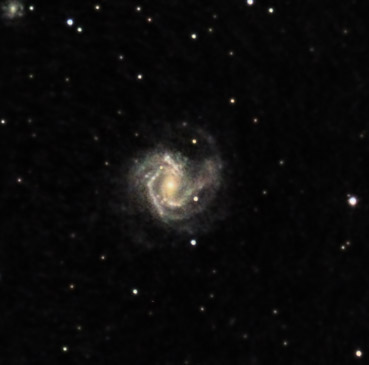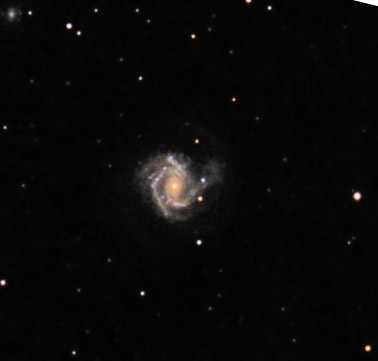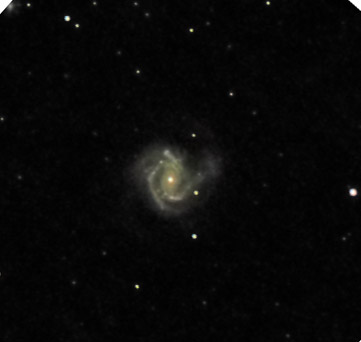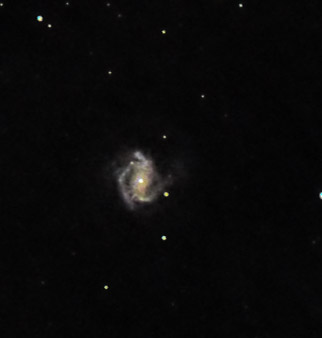I previously posted about this supernova on May 16 and on June 16. Here are pictures taken at three additional dates showing how the supernova has faded back to invisibility.
This supernova (officially named SN 2020jfo) was first discovered on May 6 while it was still brightening after exploding. I have cropped and rotated all these pictures so the orientation and scale match each other.
M61 26 days before supernova exploded (10 min exposure April 15, 2020)

My first view of the supernova:
M61 9 days after supernova exploded (10 min exposure May 15, 2020)

M61 37 days after supernova exploded (10 min exposure June 12, 2020)

As late as seven weeks after the supernova exploded it was still almost at peak brightness:
M61 51 days after supernova exploded (6 min exposure June 26, 2020)

Finally after ten weeeks the supernova has faded very significantly:
M61 69 days after supernova exploded (5 min exposure July 14, 2020)

At eleven weeks after the explosion we can hardly make it out anymore:
M61 79 days after supernova exploded (5 min exposure July 24, 2020)

You will notice that the three lates pictures are of significantly lower quality – they have only half the exposure of my earlier ones. In addition, summer sky conditions here in North Carolina are much hazier than I encountered earlier in the spring.
There will be no further views of M61 for several months since that part of the sky is now behind the sun.